Roll lawn: laying technology
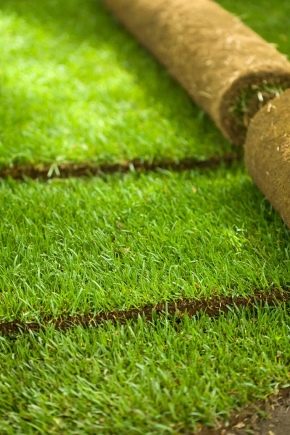
The arrangement of the local area with well-groomed lawns has not gone out of fashion for many centuries. However, few people know that growing a lawn from scratch is a long and painstaking process. First you need to choose the right seed mixture, depending on the destination and location. Then carefully prepare the soil for the plot.
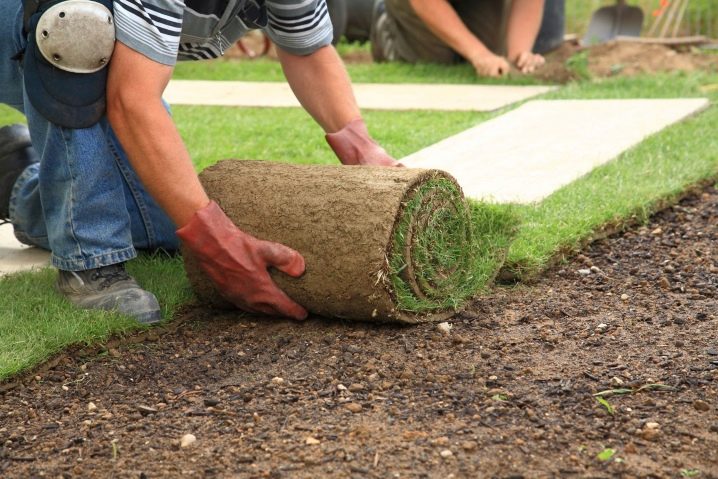
Sow evenly (approx. 50 g per 1 m2) and tend for 1-1.5 years before the lawn looks good. This is if you approach the question in a classical way. But fortunately for impatient people, the lawn cover can be purchased ready-made, and in a month you can have picnics on the green grass.
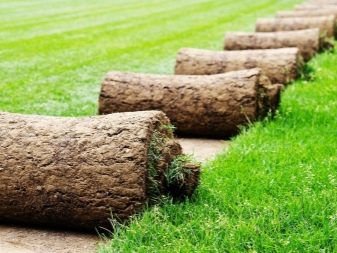

Features and device
The finished lawn consists of layers of sod with an average area of 0.8 m2. Unlike the classic one, it is grown in special nurseries for one and a half to three years. This period is sufficient to form a firmly intertwined root system that will withstand cutting and replanting. Most often, the finished lawn can be found in rolls. This is the most convenient way of transportation, which also helps to retain moisture in the roots.

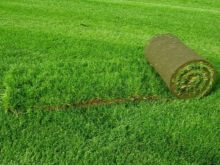
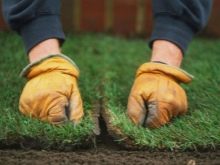
The size of the roll lawn depends on its purpose. For example, for summer cottages, parks, rolls of a standard size 48 cm wide and 1-2 m long are used.However, for areas with a large area, for example, stadiums, sports grounds, layers up to 1 m wide and up to 15 m long can be ordered. cases is from 2 to 4 cm.


The advantages of a roll lawn are obvious:
- uniform, thick grass cover on the site in a month;
- unpretentious care and resistance to temperature changes;
- tightly intertwined root system suppresses weed growth;
- the coating is easy to repair if damaged. It is enough to cut off the deformed area and replace it with a whole one.
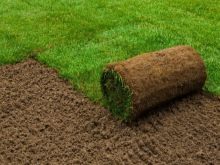
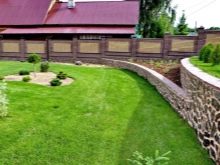
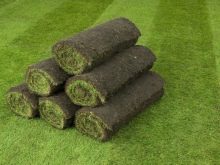
The main disadvantage is the need to deliver and lay the coating to the place of future habitat as soon as possible from the moment of cutting. Delay increases the likelihood of uneven rooting or death. If the area is too large and it is impossible to finish laying on the same day, then the rolls should be unrolled and watered abundantly.
There are several types of roll lawns:
- Parterre lawn - the most whimsical view, which is used to decorate the front areas (main alleys, the territory in front of the house). It has a smooth, velvety surface due to narrow-leaved and undersized grasses. On such a surface, color irregularities and bumps are not allowed. One of the most important stages of its laying is soil preparation (cultivation, weed control). Parterre flooring requires regular feeding and cutting, daily, but moderate watering.
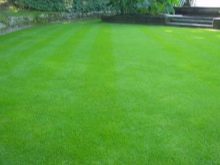
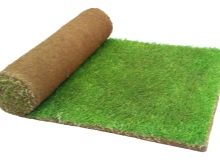
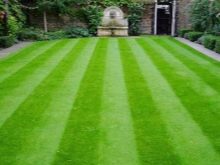
- Sports turf designed for increased loads. To create it, varieties are used that are most resistant to damage and trampling.
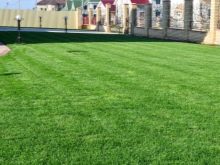
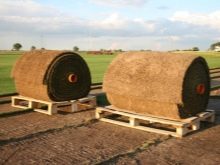
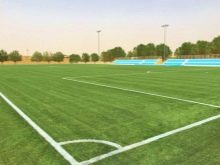
- Versatile lawn... It is this species that can be found in parks, gardens and squares. Its name speaks for itself. It is durable, beautiful, resistant to various temperatures and damage, unpretentious in maintenance.
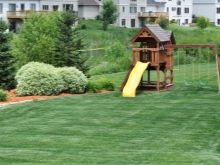
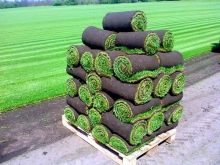
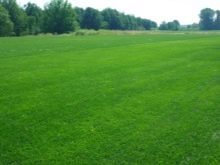
- Shadow lawn. The peculiarities of the shade-tolerant grasses that make up the composition make it possible to lay it in the shaded parts of gardens and parks. It can withstand high humidity and does not need to be cut frequently.
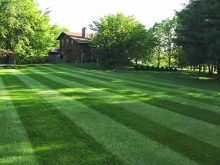

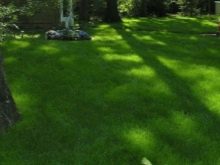
How to choose?
The choice of lawn coverage must be approached with special care, since the appearance of the territory being developed depends on this. Knowing some of the nuances will help insure against an unsuccessful purchase:
- It is obligatory to have technical documents, which reflect quality control checks, as well as the location of the nursery.
- A visual inspection of the cut will tell a lot about the lawn. Thickness uniform along the entire length, dense plexus of roots without gaps, absence of tears and other deformations when shaken is a sign of a quality product. The presence of young roots will be a big plus (they are white). This means that the grass will pick up faster after transplanting.
- Appearance is also important. Layers with a lot of weeds, yellowed areas or bald patches should be avoided. The cover should have a uniform color, from dark green to emerald green, with a density of 100 shoots per 10 cm2. Another indicator is the height of the grass. If it is less than 3 cm, it is likely that the manufacturer tried to hide the flaws.
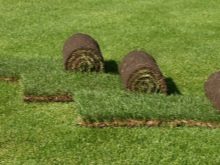
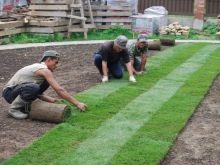
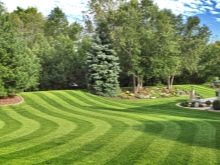
How much will it take?
Calculation of the number of rolls does not require complex mathematical formulas. It is enough to divide the area of the site into the area of one roll. For example, the seam area of standard dimensions is 0.4x2 m = 0.8 m2. Having a plot of, say, 50 m2, we get: 50 / 0.8 = 62.5 rolls.
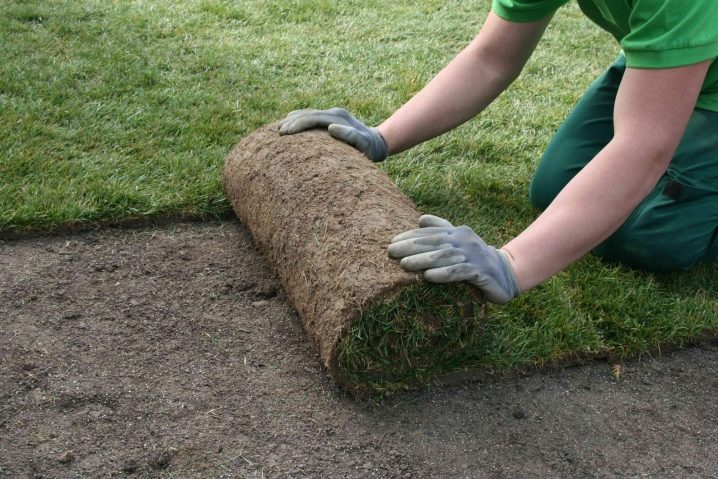
But, like any other material, it is better to buy a lawn with a margin. Depending on the geometry of the site, it will be necessary to cover from 5 to 10-15% to the actual area.
Well, if you need the most accurate calculation for a lawn with a complex configuration, you can draw a detailed diagram of the site to scale. Then, also using scaling, place the coverage rectangles on the diagram. Such a picture will clearly show the required number of rolls for a specific area.
It is believed that a roll lawn can be laid at any time of the year, excluding winter, of course. Spring is a good time to start work. Under favorable conditions, it will take about three weeks for the roots to germinate, after which you can carry out the first haircut.
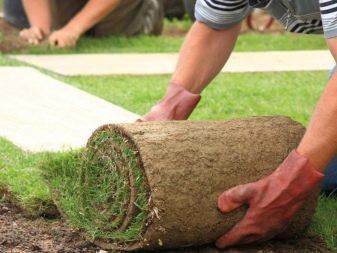

But there is a catch - it is difficult to acquire material before May. After winter, the manufacturer needs a month and a half to bring the lawn into a marketable condition. During this time, last year's dry grass is combed out, fertilizers are applied and it is expected when fresh shoots germinate.
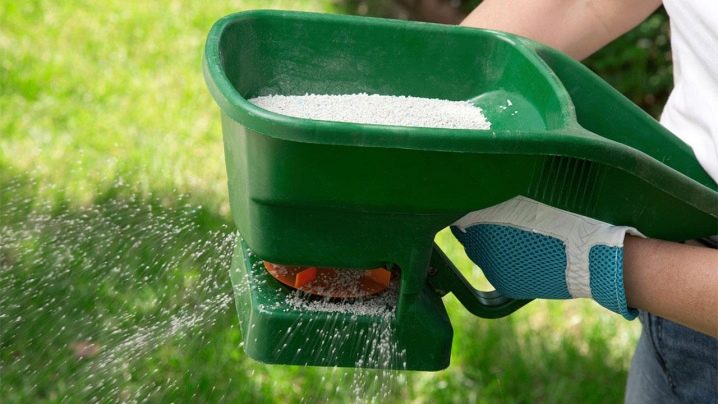
In the summer, planting a roll lawn will also not be a problem if you follow the rules. It is advisable to start as early as possible, before the summer heat takes over. Until the grass is swept in, the water will evaporate faster, so a freshly laid lawn will require daily, or even two, watering. After a couple of weeks, it will already be possible to reduce watering to once every four to five days.
The most comfortable time for work is early autumn. The heat has already subsided, the soil is warm and moist enough. At this time, the grass is well accepted and continues to grow until the temperature drops to 5 degrees. It is not necessary to mow the lawn in the fall, the shoots should have been high enough for the lawn to survive the first winter safely. In the spring, the old cover will need to be thoroughly cleaned out to clear the way for young shoots.
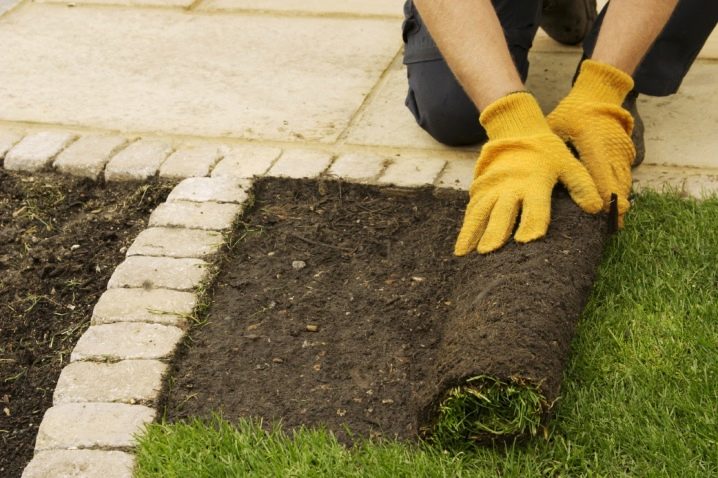
Land preparation
Having made the decision to lay a lawn in rolls in front of the house, do not rush to the store. To begin with, you should carefully prepare the place for planting grass and it is very important to do this before buying, since long storage is detrimental to the material:
- First of all, the site is cleared of debris, perennial weeds, stones, stumps and bushes. Particular attention should be paid to rhizome plants (dandelion, wheatgrass, plantain). They are very tenacious and can grow through the turf of the lawn, so it will be difficult to get rid of them in the future. Continuous herbicides will help to solve this problem.
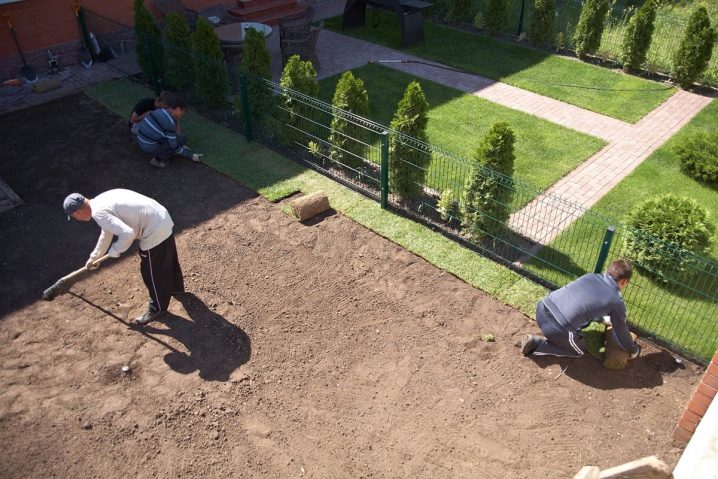
- The finished lawn does not like excessive moisture, so if the groundwater is high or clay soil will be required make a drainage of water. To do this, cut off the top layer with a thickness of about 30 cm. A drainage layer of gravel and sand (≈ 10 cm) is poured into the formed pit. Then the previously removed soil is poured with a thickness of at least 10 cm.
If necessary, sand and peat are added to it, since cereals like lighter soil. And, conversely, if the soil is too loose, it is "heavier" with black earth or humus. The most suitable combination for a roll lawn will be the following combination: 50% black soil and 25% peat and sand. Everything is carefully leveled, soil is poured in places of obvious depressions or slopes (it is convenient to navigate by level or a stretched twine).
- About a week before laying the finished lawn a special fertilizer is introduced, slightly mix and tamp well with a roller. The density of the soil should be such that a walking person does not leave traces. This will help prevent the lawn from sinking. At the same stage, you should attend to the installation of the irrigation system.
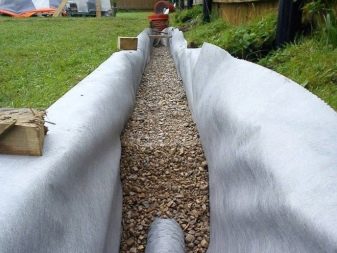
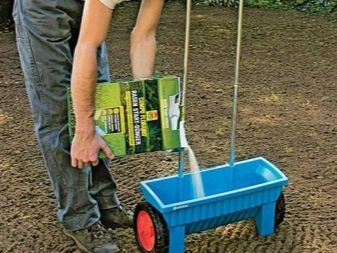
How to lay it right?
The technology for laying roll lawn is so simple that you can do all the work yourself without the involvement of specialists. However, it is difficult to equip too large a territory on your own in one day, so a couple of assistants will come in handy:
- It is better to fold the purchased rolls as close to the site as possible, frequent transfers can damage the coating and roots.
- It is best to start work from the edge. It is important to lay the first roll as flat as possible, as it will serve as a guide for the rest. Bends and twisting of the material are not allowed. If you come across a section with complex geometry or an obstacle in the form of a flower bed or a path, the roll continues to be rolled straight, and the excess is cut off (after all, we calculated the number of bays with a margin).
- Each next row is laid according to the brickwork principle, that is, with an offset of half a roll. This will allow the coating to adhere more evenly. Overlap or gaps are already a gross violation of technology. The layers should be butted butted, the maximum allowable discrepancy is 1.5 cm. The seams are covered with peat and soil with grass.
- If you get a lot of large scraps, then it is better to place them closer to the center, it is more difficult to accept along the edges of the lawn, so it is better to use solid strips here.
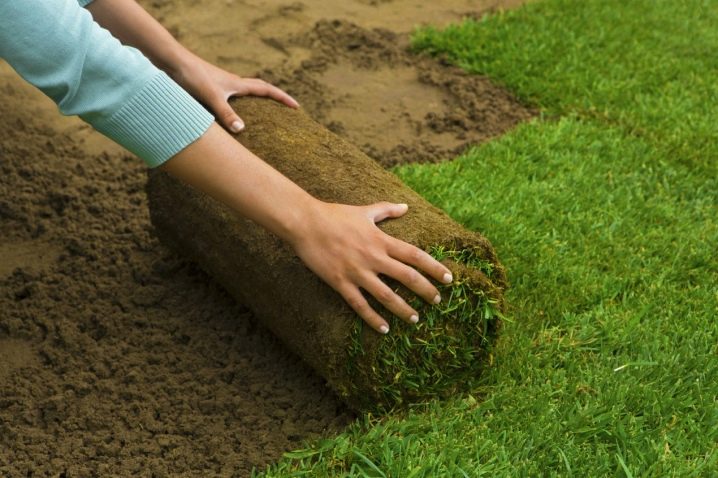
- Irregularities found during work are trimmed, and the pits are covered. For each freshly laid row, you should additionally walk with a roller to get rid of air cavities that make it difficult for plants to take root.
- You cannot walk directly on the new surface. To do this, boards are laid on it, which will additionally compact the grass and prevent the feet from pushing through the still fragile lawn.
- The final stage of installation is abundant watering. The turf and soil underneath should be well moistened. One bucket of water will take approximately one square meter.
- If you do not have time or desire to do the styling yourself, you can contact the manufacturer. Often, along with the cultivation of the lawn, they are engaged in arranging it at the customer's site. The package of services includes all preliminary work, installation of irrigation systems and their maintenance.
Care
In the first year after laying, the lawn requires more attention. In the first month, it is better to refrain from walking along it. Regular daily watering is essential as the roots are not strong enough to retain water. And on hot days, you will have to take up the hose twice.
Undoubtedly, maintenance will be facilitated by the automatic irrigation system. It allows you to simultaneously and evenly cover the entire area. However, it must be installed at the stage of preparation.
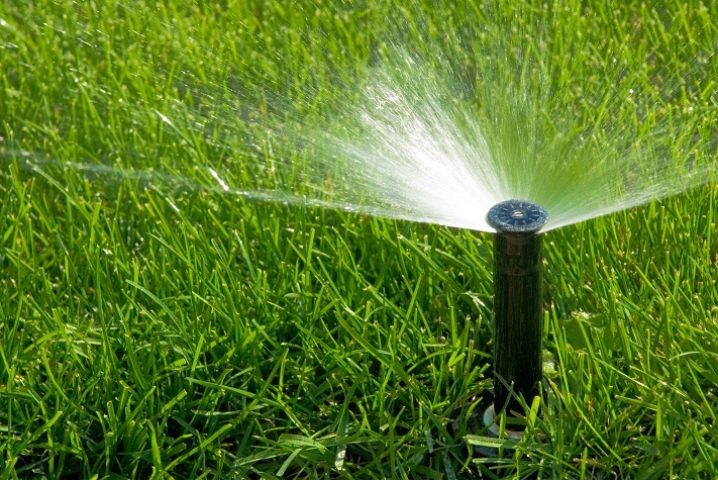
After 2-3 weeks, watering can be reduced to once a week. Then you can walk the tips of the shoots with the lawn mower for the first time. In the future, the height is chosen at will. A height of 4-5 cm is considered ideal.
Starting from the second year, haircuts are carried out regularly: from mid-spring to October. In the rainy season, the grass is cut lower, in the dry months, respectively, higher.The mowed grass must be cleaned; for large areas, you can purchase special vacuum cleaners.
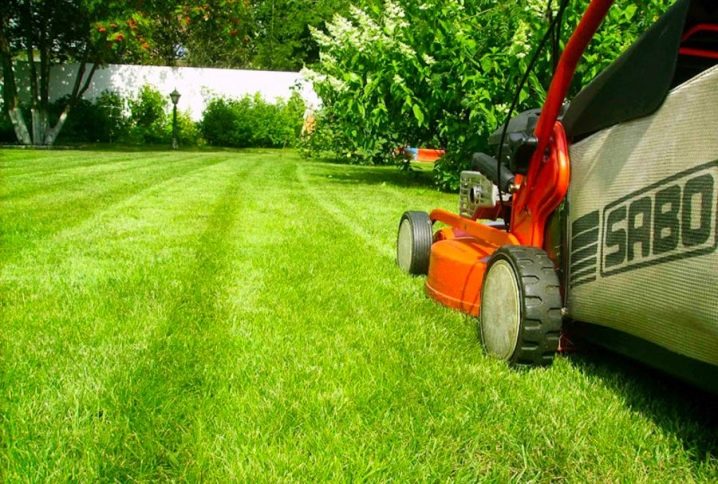
At first, you should monitor the weeds. They are quite tenacious, so that, despite all the tricks, they can make their way on the site. Later, when the root system becomes stronger, the problem will gradually disappear.
For the well-being of the lawn, it is necessary to periodically feed it with fertilizers and carry out aeration. The surface is periodically pierced with a special tool to provide oxygen access deep into the soil. Outdoor enthusiasts can combine business with pleasure with aeration shoes.
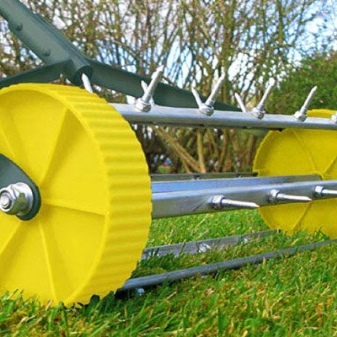
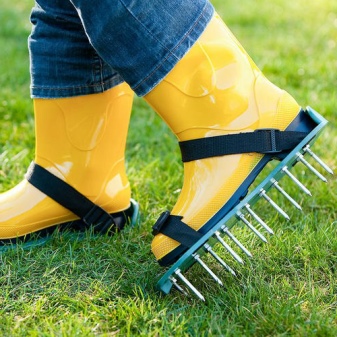
Production
Lawn farms are called “lawn nurseries”. Growers use two growing methods: on a synthetic mesh and without it, when dense turf is formed due to the interlacing of the roots. The mesh allows you to get a sod with a strong structure in a shorter time. It is also used for crops with weak root systems.
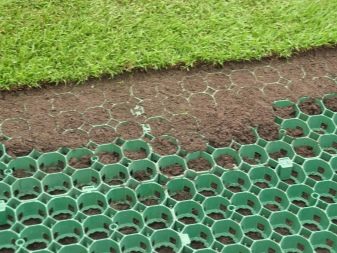

There are two stages in the production of rolled lawn: field preparation and cultivation.
- The purpose of the preparatory stage is to create a soil favorable for cultivated plants. This is facilitated by plowing and disking of the top layer, which not only saturate the earth with oxygen, but also destroy pests and weeds. The issue of weeds is very important for lawn cover, as they can interfere with the formation of the root system and the uniform growth of plants. Therefore, the soil is additionally treated with herbicides and you can forget about the problem for about two years. This is enough for the root system of lawn plants to get stronger and fight weeds on its own.
At the same stage, the field is divided into sections and the placement of pipes for the irrigation system is designed. If the lawn is planned to be made on a grid basis, then the size of the areas should be multiples of the size of the grid.
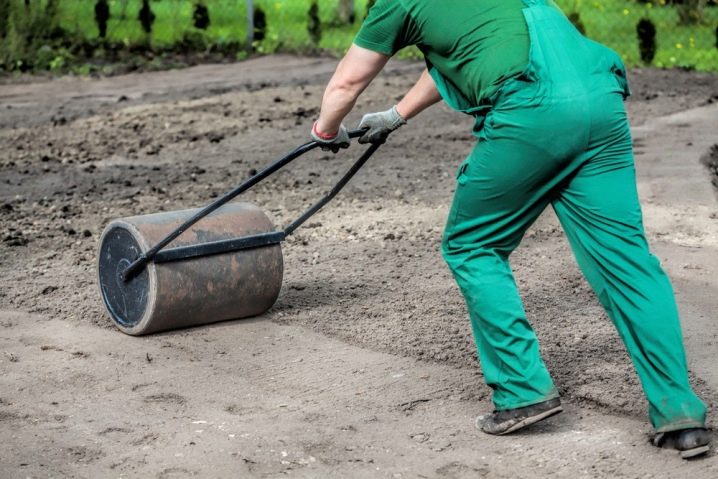
- When all the preliminary work is completed, you can start growing. To begin with, the field is seeded using precision planters. Their peculiarity is that the seeds are planted at a certain depth with a uniform density. This is important to maintain a fertile soil layer when cutting your lawn.
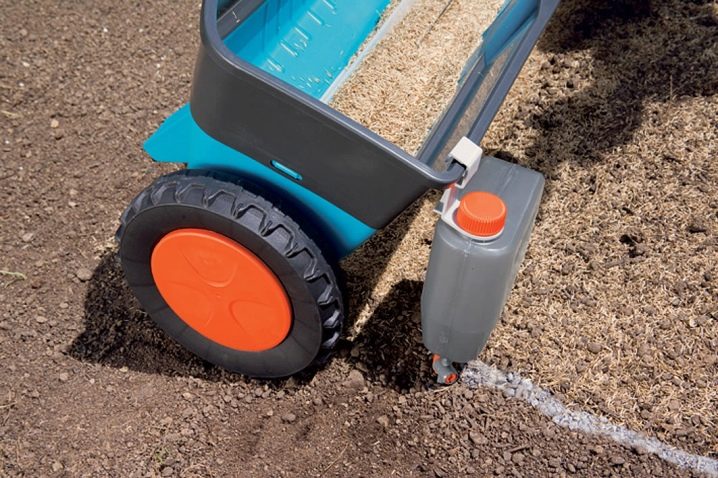
Further, the behavior of the future lawn depends on the maintenance of it. Over the course of several years, the coating has been regularly watered, fed and trimmed. The area of land assumes the use of a stationary automatic irrigation system, which is calculated individually for each farm. For feeding, the fertigation method is increasingly used, when fertilizers in liquid form are applied simultaneously with irrigation. Trimming is important for better root development and a dense grass layer.

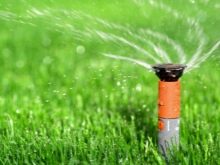

When the lawn has reached the desired condition, it is prepared for sale. Strips are cut from which rolls are made and transported to the point of sale.

Required materials and tools
For the successful development of a business of this kind, significant land plots (preferably horizontal) and special equipment are needed. Useful equipment: machines for earthwork (plows, harrows, cultivators, seeders), for grass care, for cutting, sprayers for chemicals and fertilizers, an irrigation system, a pumping station, freight transport.
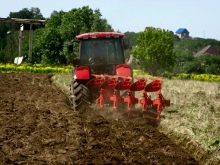
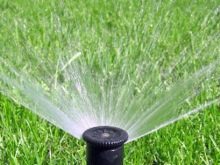
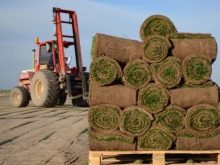
A key part of success in turf production is the correct selection of grasses. For luxury lawns, no more than two types of crops are most often used. At the top is a 100% meadow bluegrass cover. It is a perennial plant with a well-developed root system. It is appreciated for its uniform cover of rich emerald color, resistance to temperature extremes and damage. The only negative is long-term formation (up to 3 years).
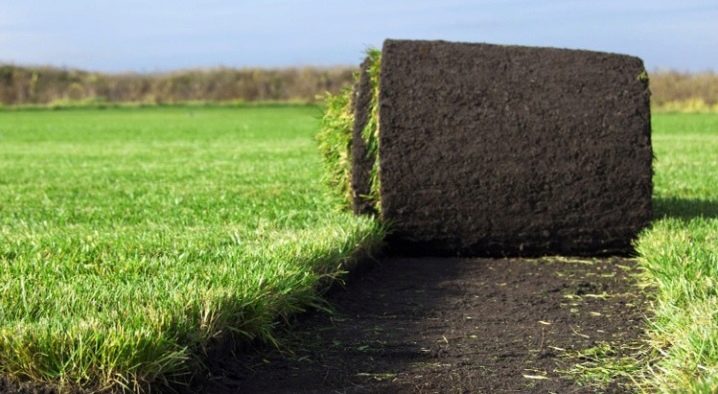
The most common mixture of varieties is characterized by a uniform texture and color.All plants in the mixture are selected in such a way as to balance the disadvantages of each other. Most often, you can find a mixture of meadow bluegrass, red fescue and ryegrass.
In general, fescue can be called a versatile plant. She is unpretentious, she is not afraid of trampling, drought and frost. It grows even on poor soil, develops quickly, compensating for the slow development of bluegrass, and, thanks to the root system, displaces weeds.
Ryegrass lives for a maximum of three years, but it grows quickly and gives the lawn a good density already in the first year. Its task in the mixture is to provide the necessary density of the grass cover until the bluegrass and fescue come into effect.
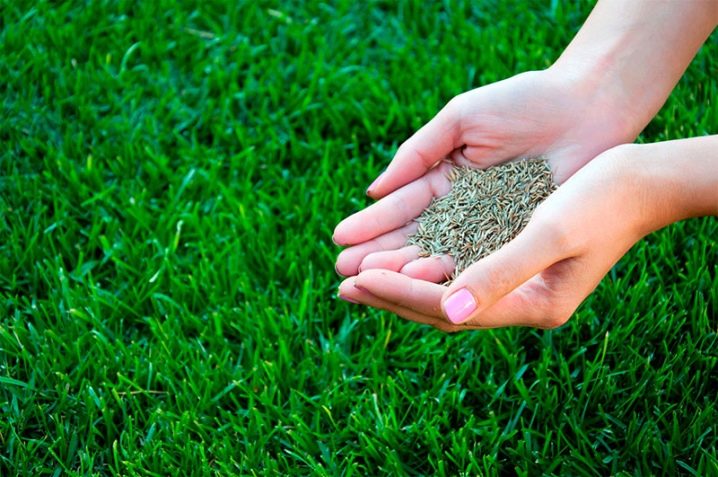
High-quality grass mixtures have the following characteristics:
- uniformity of seedlings;
- formation of dense turf as soon as possible;
- resistance to weather and operational conditions;
- uniform color;
- resistance to diseases and pests.
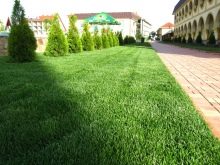
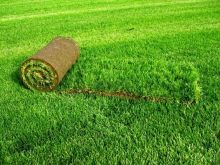
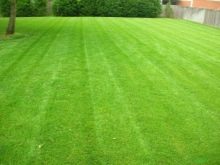
How to properly lay the rolled lawn, see the video below.



































































An informative article, I'm thinking: try to lay the lawn yourself or it is better to turn to professionals. If, nevertheless, I decide to call professionals to lay the rolled lawn, then I read that the grass may turn yellow. For some reason I thought that this could not be with a roll lawn. I am still a beginner, I still have a lot to learn in this area.
I, too, was once in such a situation: I did not know where to start landscaping the site. I love my dacha very much and so I decided one day to start growing a lawn. He did everything himself, of course, first: sowing, fertilizing, caring for the future lawn. But, to my great regret, I never managed to grow it efficiently: the grass turns yellow, then it does not grow at all. I spent a lot of money, because you understand that this is an expensive pleasure. Then, I look, the neighbor has an excellent lawn, which, I envied a little. And he admitted that he has a ready-made bluegrass roll lawn, which is produced according to international standards using advanced technologies. And the prices per roll don't bite. I ordered one for myself. Now I am glad! So beautiful that there are no words! They say that this lawn can grow for 10 years, because it is made of special, durable grass. Yes, and working with him is quite simple, does not require much effort, it will be enough to walk with a lawn mower. So I advise!
There is also a special lawn soil.
Hello. Very interesting article. Thanks for the good information.
Hello, very interesting article thanks for the good information.
The comment was sent successfully.